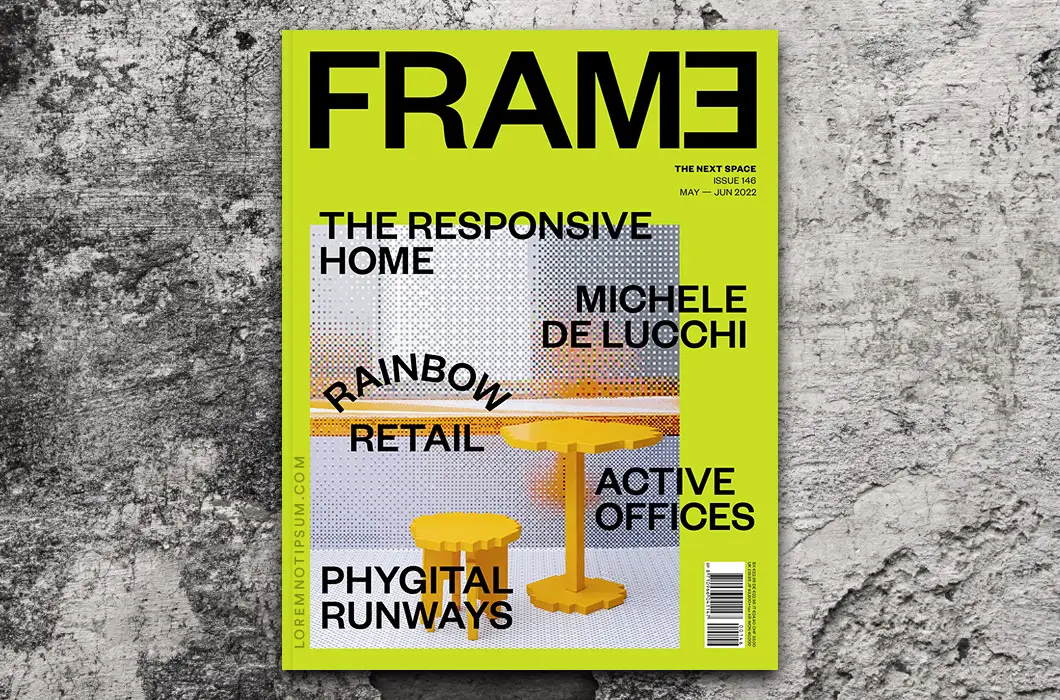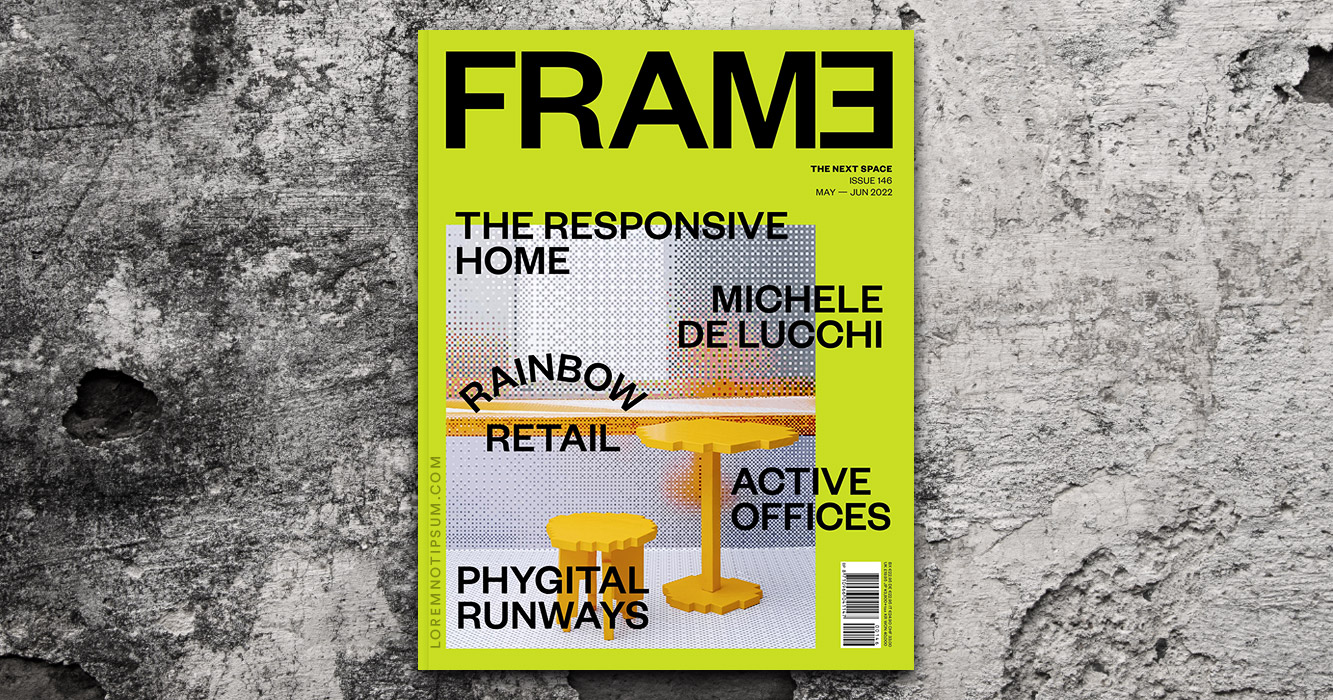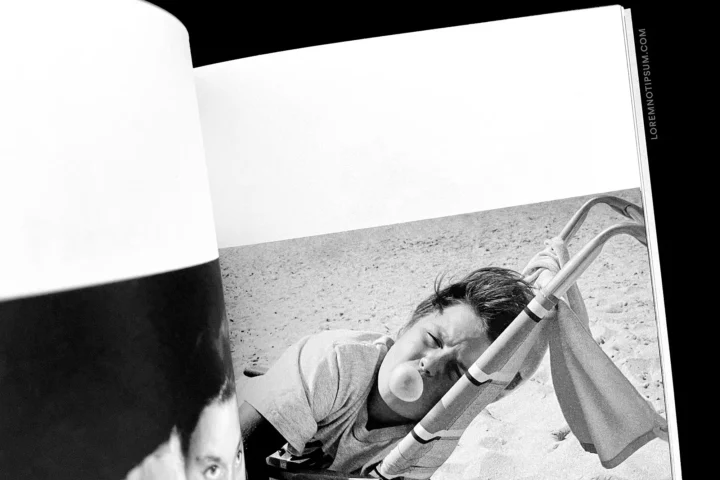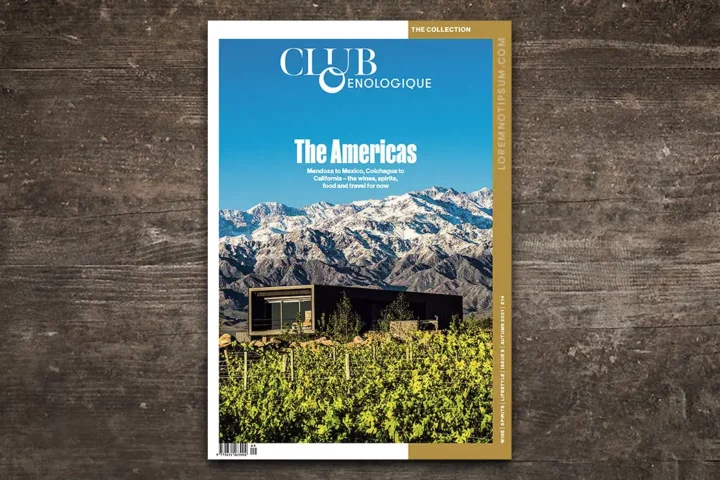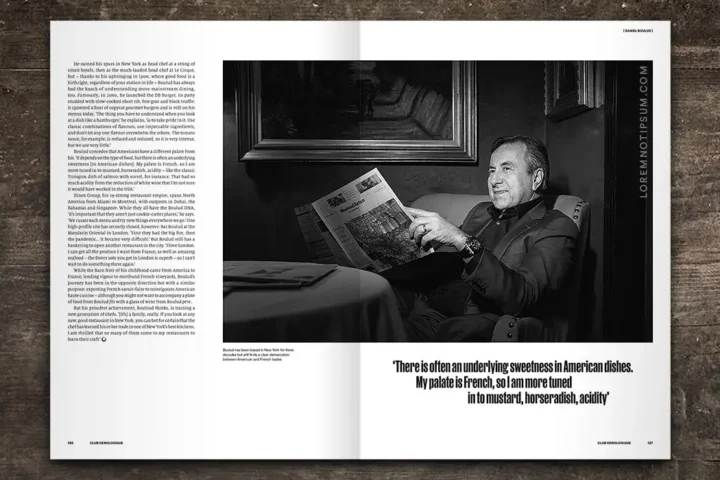Frame Magazine Issue 146 is available now on loremnotipsum.com. The way we use our homes may be changing, but most housing remains fixed. How can movable and modular designs offer more adaptability? What if future expansion was built in from the outset? And what role do new technologies play in shaping residences that predict our needs? In the May/June issue of Frame, we explore the ins and outs of the responsive home.
Discover Frame Magazine – Issue 146.
Frame is the world’s leading interior design publication. Since its launch in 1997, the magazine has remained faithful to its mission: putting interior architecture on the map as a creative profession that’s equally important as design and architecture. In six issues per year, Frame publishes the world’s most inspiring interiors, spiced up with design, art and creative endeavours like window displays and stage sets. Sold in 77 countries, Frame is printed in English.
Content: Frame Magazine – Issue 146
- Reporting From: Martijn de Geus explores how the Olympic Games helped turn a former steel factory in Beijing into a lively urban neighbourhood. And: How is one of Europe’s most populous cities combatting some of its biggest individual – and collective – issues? Kayla Dowling finds out while visiting Madrid Design Festival.
- Business of Design: Hotel robots shift from novel to necessity. Office design learns from the UX approach. How Amazon’s ‘tech-motional’ shopping is reshaping store design. Workplaces go green in the name of rewilding.
- In Practice: Back of the House on designing fashion shows for a changing climate. Michele De Lucchi on balancing provocation and practicality. Benjamin Hubert on the importance of being an informed generalist.
- Spaces: Why stores are celebrating the colour spectrum. Workplaces get people up and moving. Retail rehabilitates touch and texture. Is the future of runways phygital? Exhibitions double as bars and restaurants.
- Living Lab: Our homes have taken on a much greater and more diverse role in our lives, becoming not just our residences but our offices, social spaces, exercise rooms and more. In addition, the nuclear family has been replaced by a smorgasbord of domestic configurations and situations, and residential space in urban environments is becoming more sought after and expensive. All this begs the question: Why are typical homes so static? In reconsidering the home space there’s the opportunity to make it more responsive to modern demands. What if residences could be more flexible and adaptable, responding to shifts in short-term needs – from workspace by day to social dining space by night, for example – and long-term needs, accommodating the likes of new children or an elderly relative in need of care? We look at three approaches to the responsive home, from spaces that change to fulfil new functions to fixed spaces with adaptable uses to technology-driven adaptability.
- The Challenge — Adaptive abodes: In the lead-up to each issue, we challenge emerging designers to respond to the Frame Lab theme with a forward-looking concept. What makes a home responsive? Its ability to morph in a moment, its seamless integration of new technologies, or how well it connects to the world around us? And how far can we push the responsive home in the future? We asked three creative practices to share their ideas.
- Market: New material geometries that break the (brick) mould, smart doors for the hotel industry, self-righting furniture that can take a topple, and hollow shapes that resemble solid timber.
